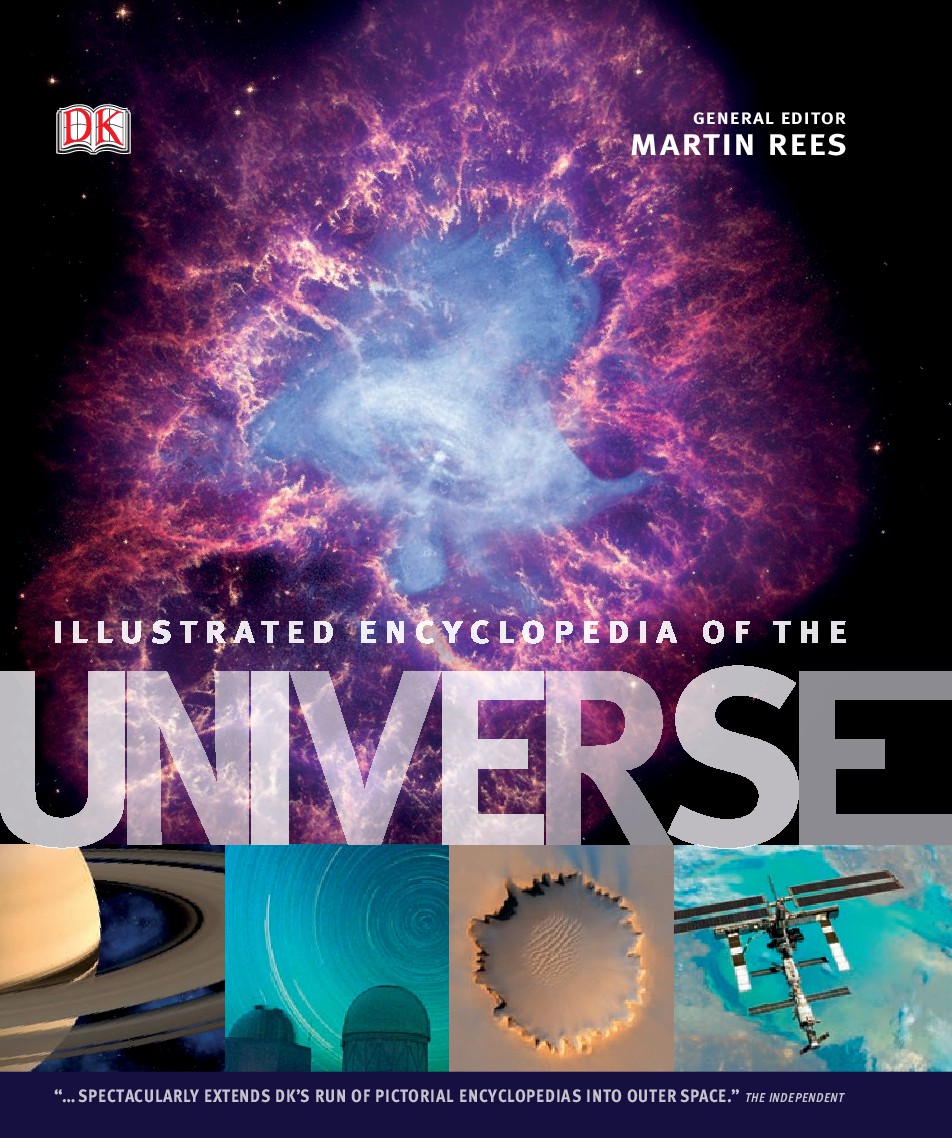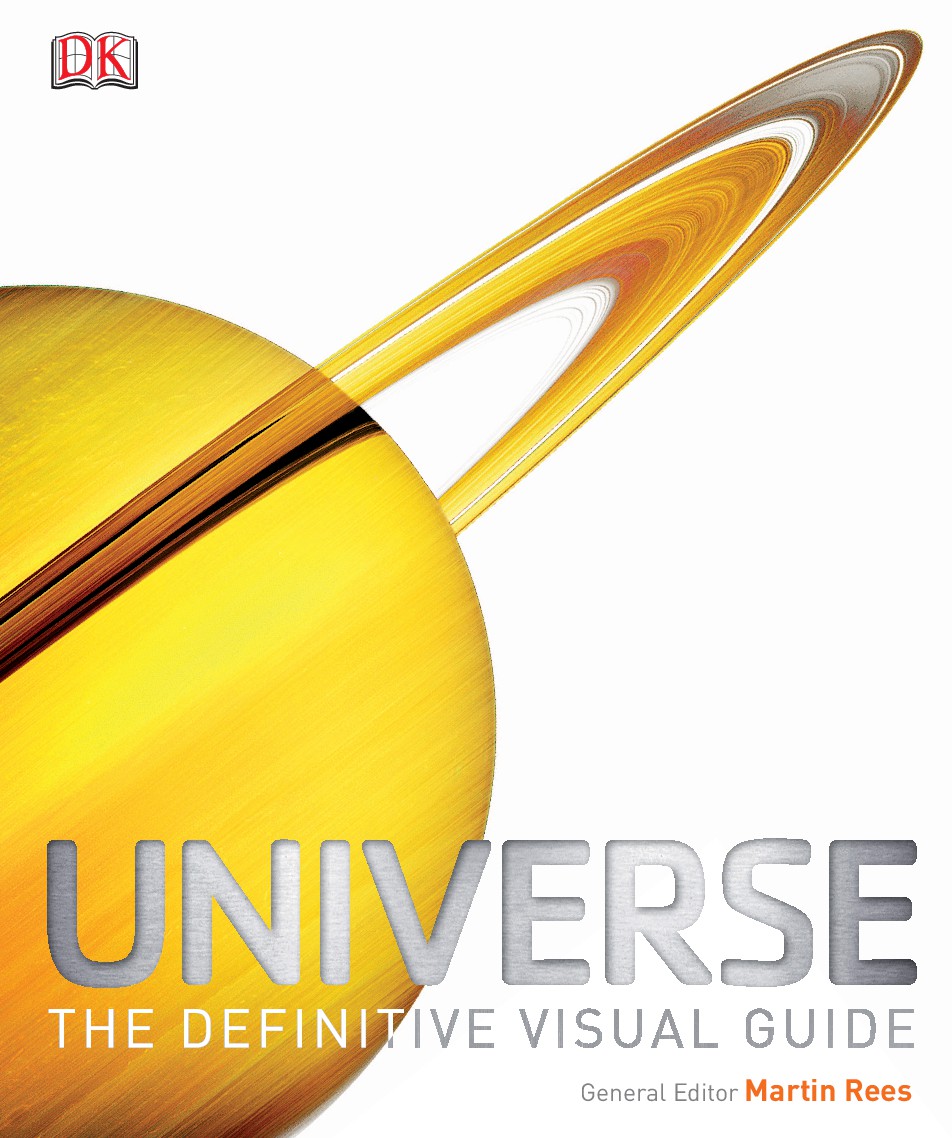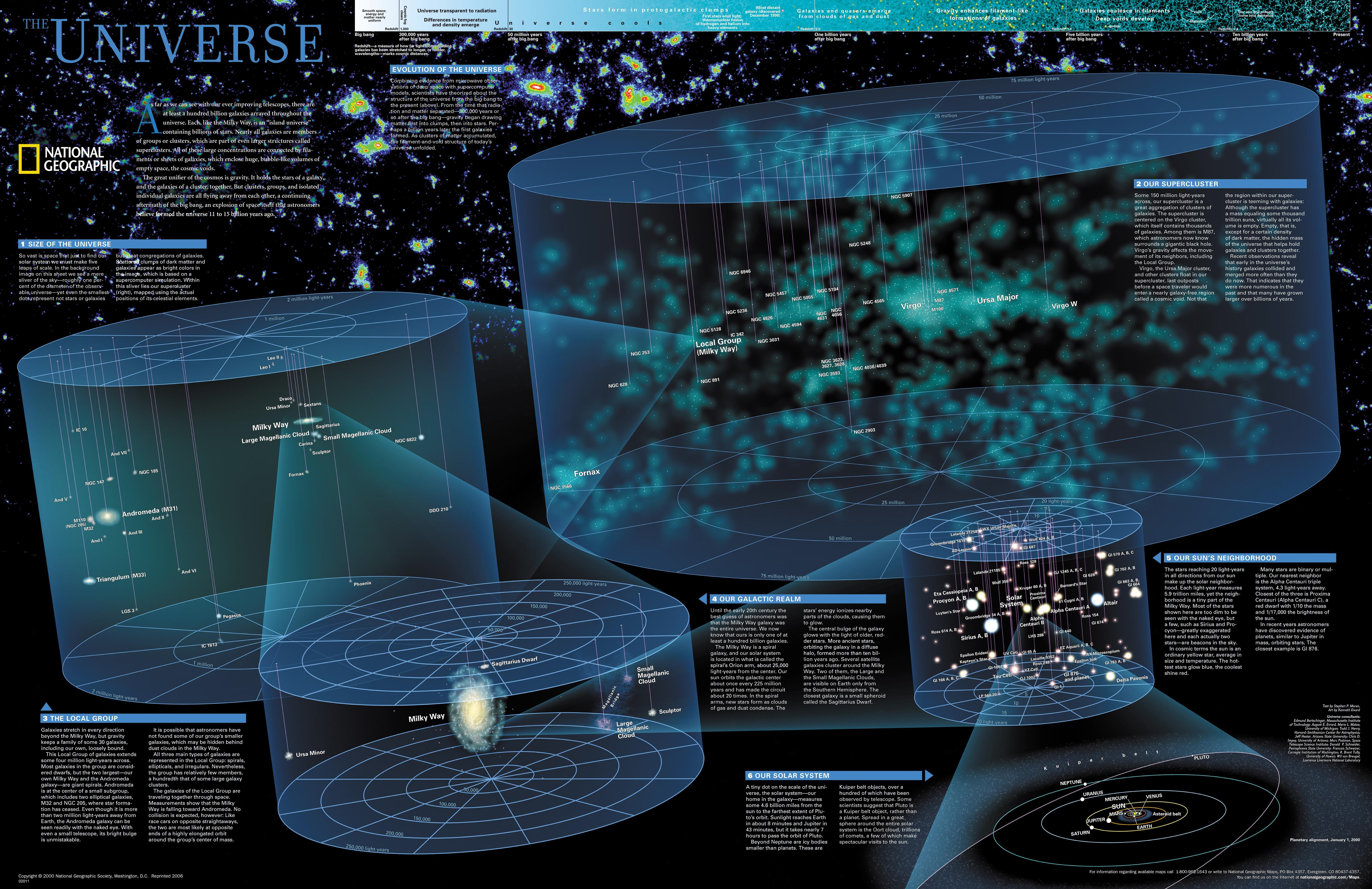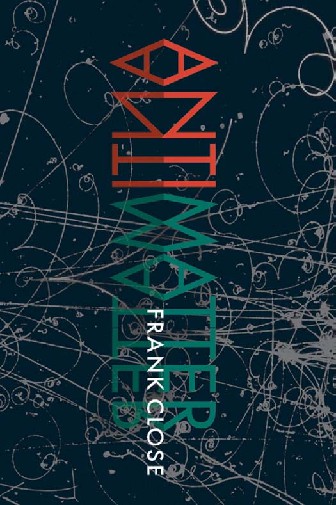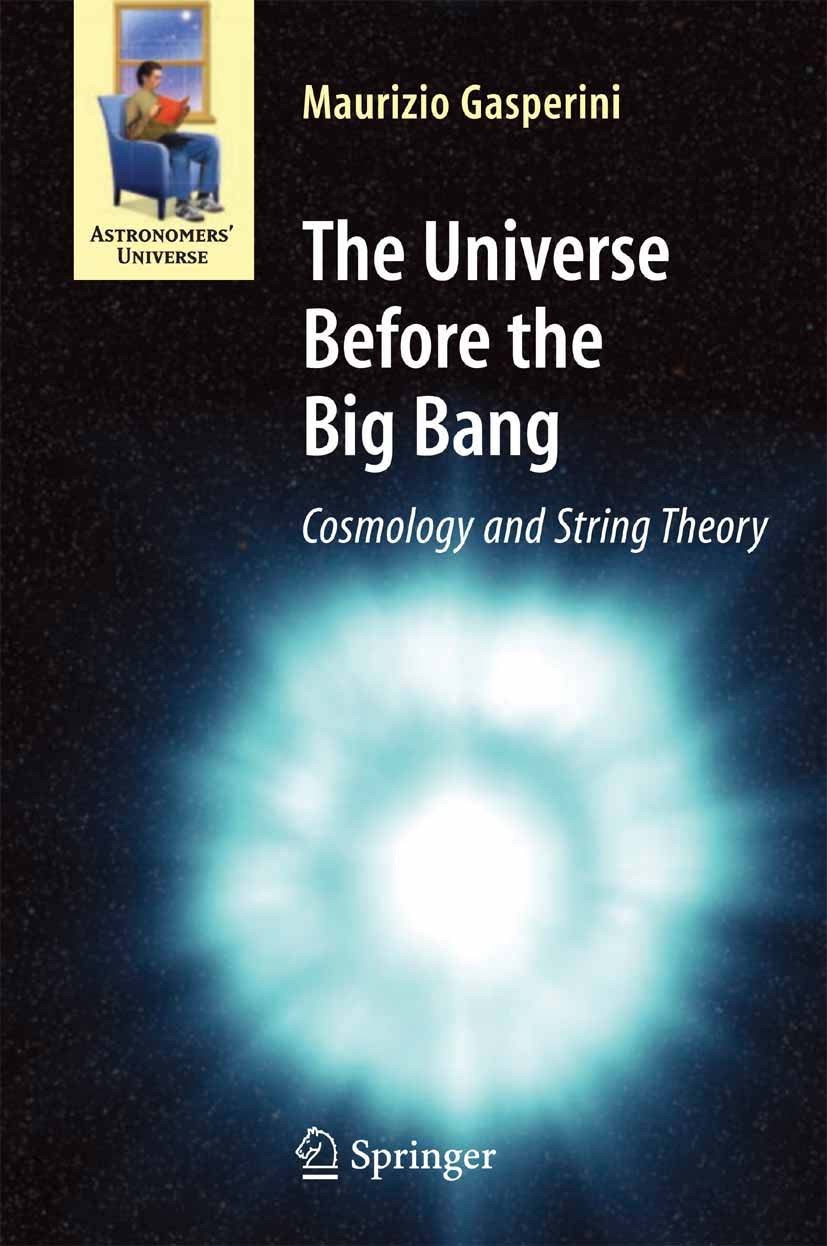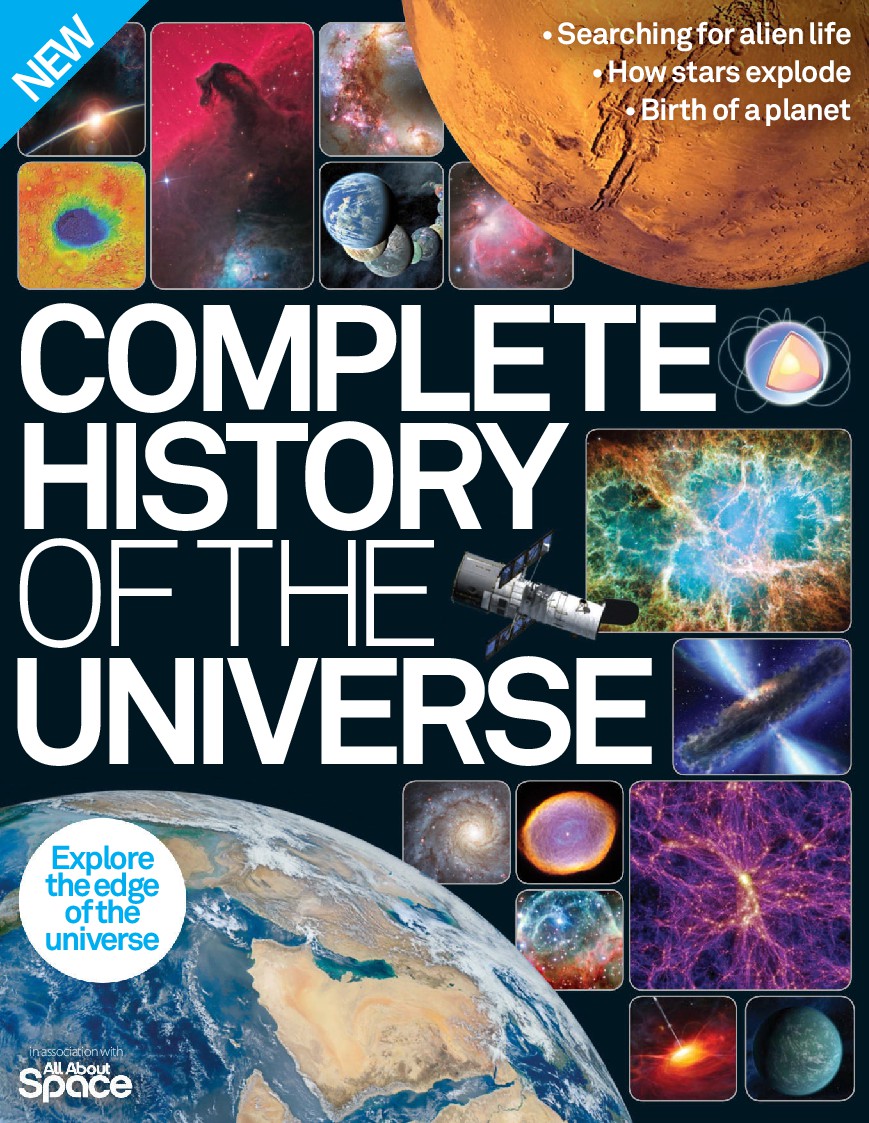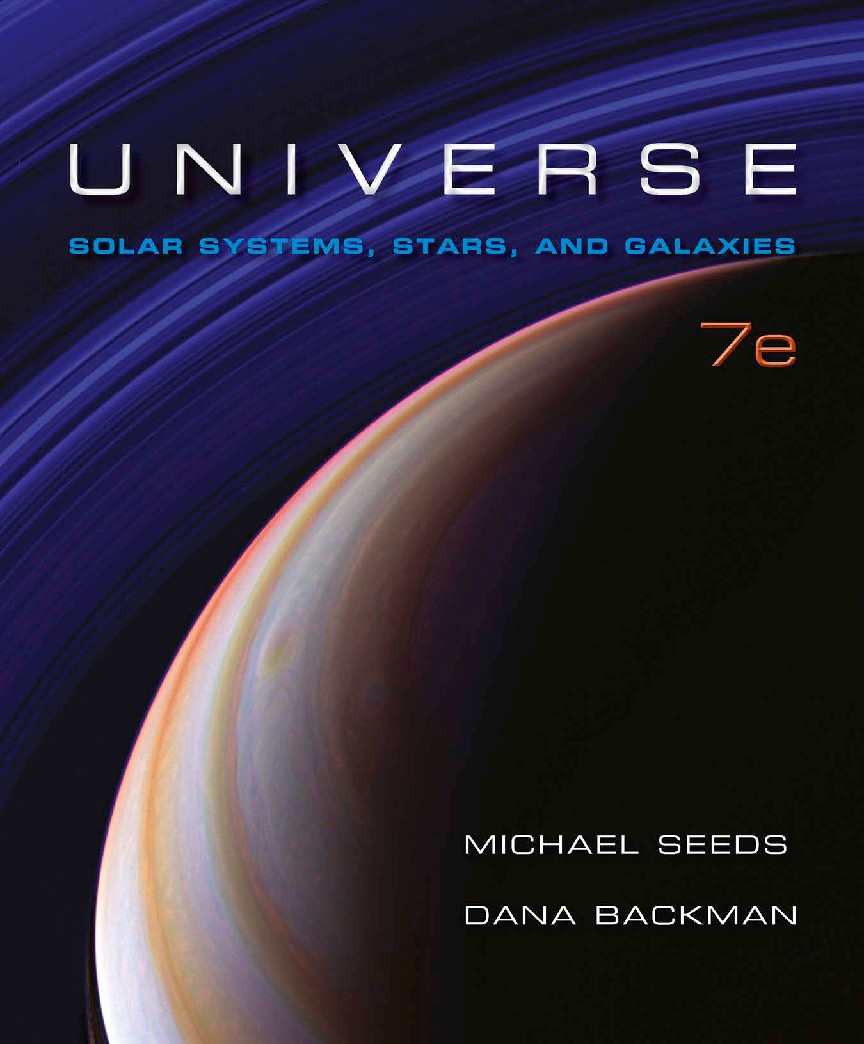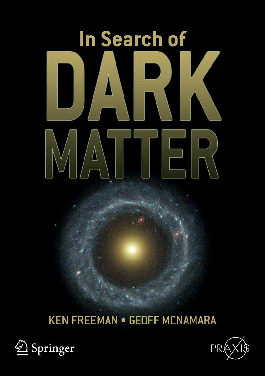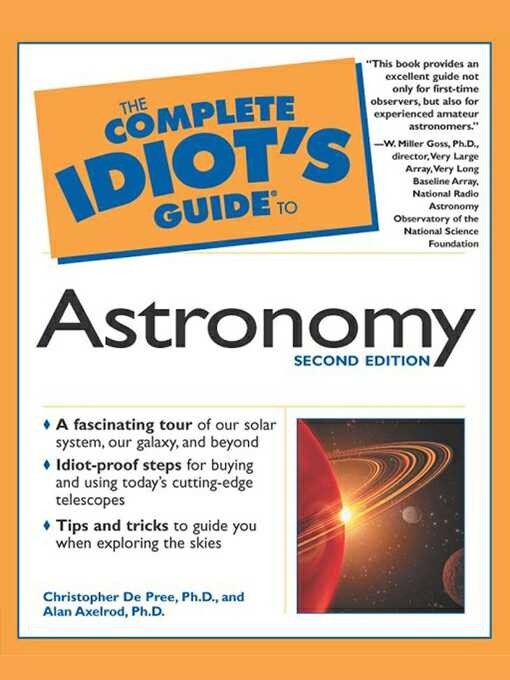Book Details
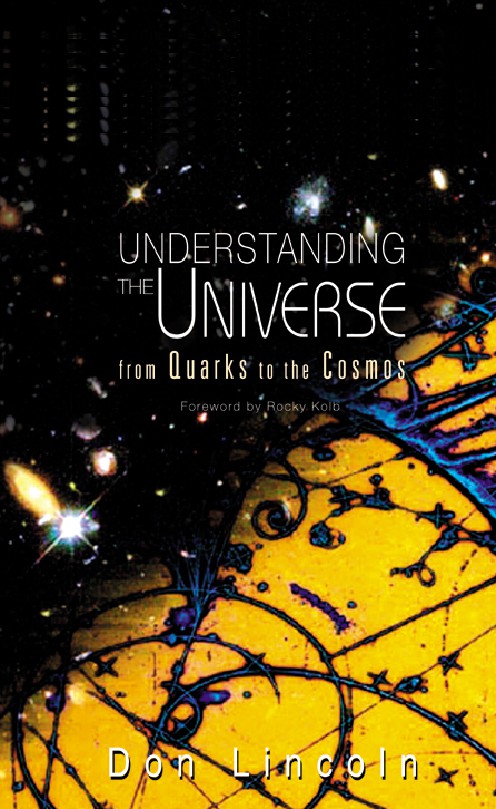
Understanding the Universe From Quarks to the Cosmos
One hot summer day in July of 392 BC, it might have been a Tuesday,
the Greek philosopher Democritus of Abdera asserted that everything
we see is made of common, fundamental, invisible constituents;
things that are so small we don’t see them in our everyday experience.
Like most great ideas, it wasn’t exactly original. Democritus’s teacher,
Leucippus of Miletus, probably had the same atomistic view of nature.
The concept of atomism remained just a theory for over two millennia.
It wasn’t until the 20th century that this exotic idea of “atoms”
proved to be correct. The atomistic idea, that there are discernable
fundamental building blocks, and understandable rules under which
they combine and form everything we see in the universe, is one of
the most profound and fertile ideas in science.
Author: Don Lincoln
Pages: 592
Issue By: eBook 707
Published: 2 years ago
Likes: 1
